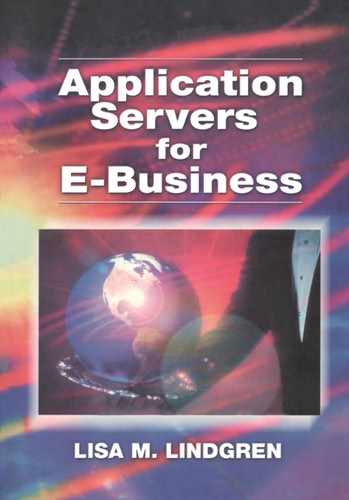0%
20Chapters
0-1Hours read
0kTotal Words
Table of Contents
- Cover
- Half Title
- Title Page
- Copyright Page
- Dedication
- Table of Contents
- 1 Introduction
- 2 A Survey of Web Technologies
- 3 Java
- 4 CORBA
- 5 Application Servers
- 6 Design Issues for Enterprise Deployment of Application Servers
- 7 Tying It All Together
- About the Author
- References
- For More Information
- Index
